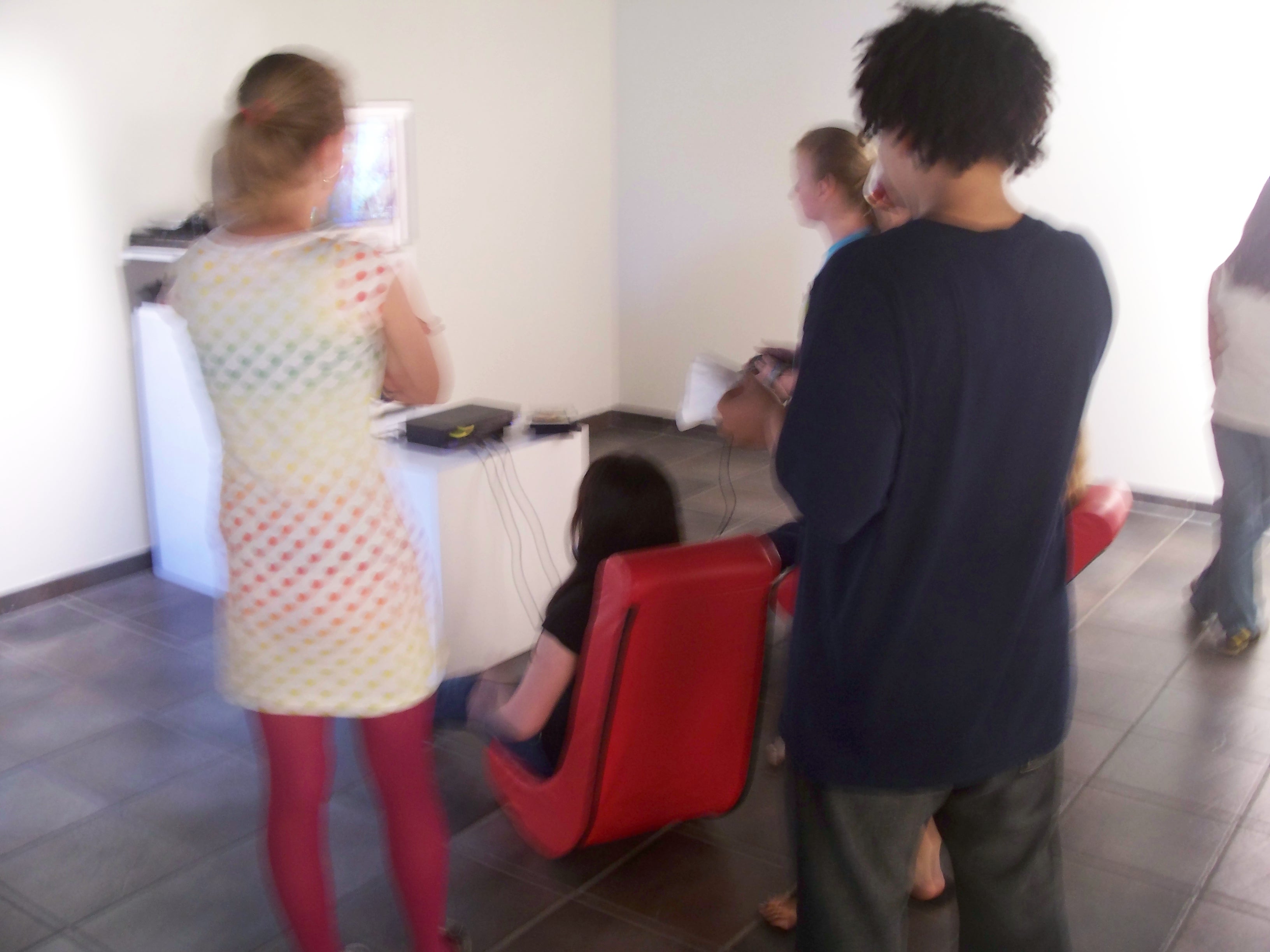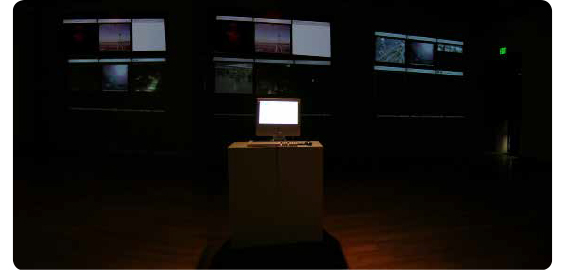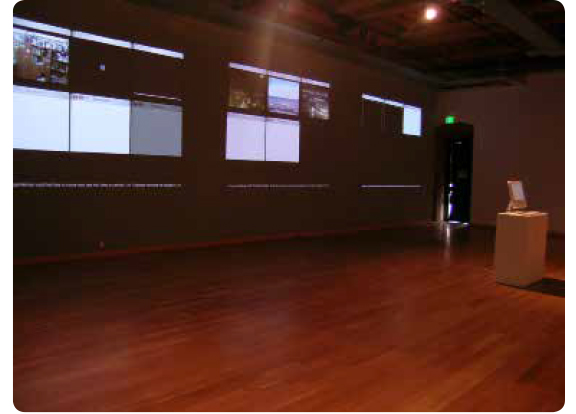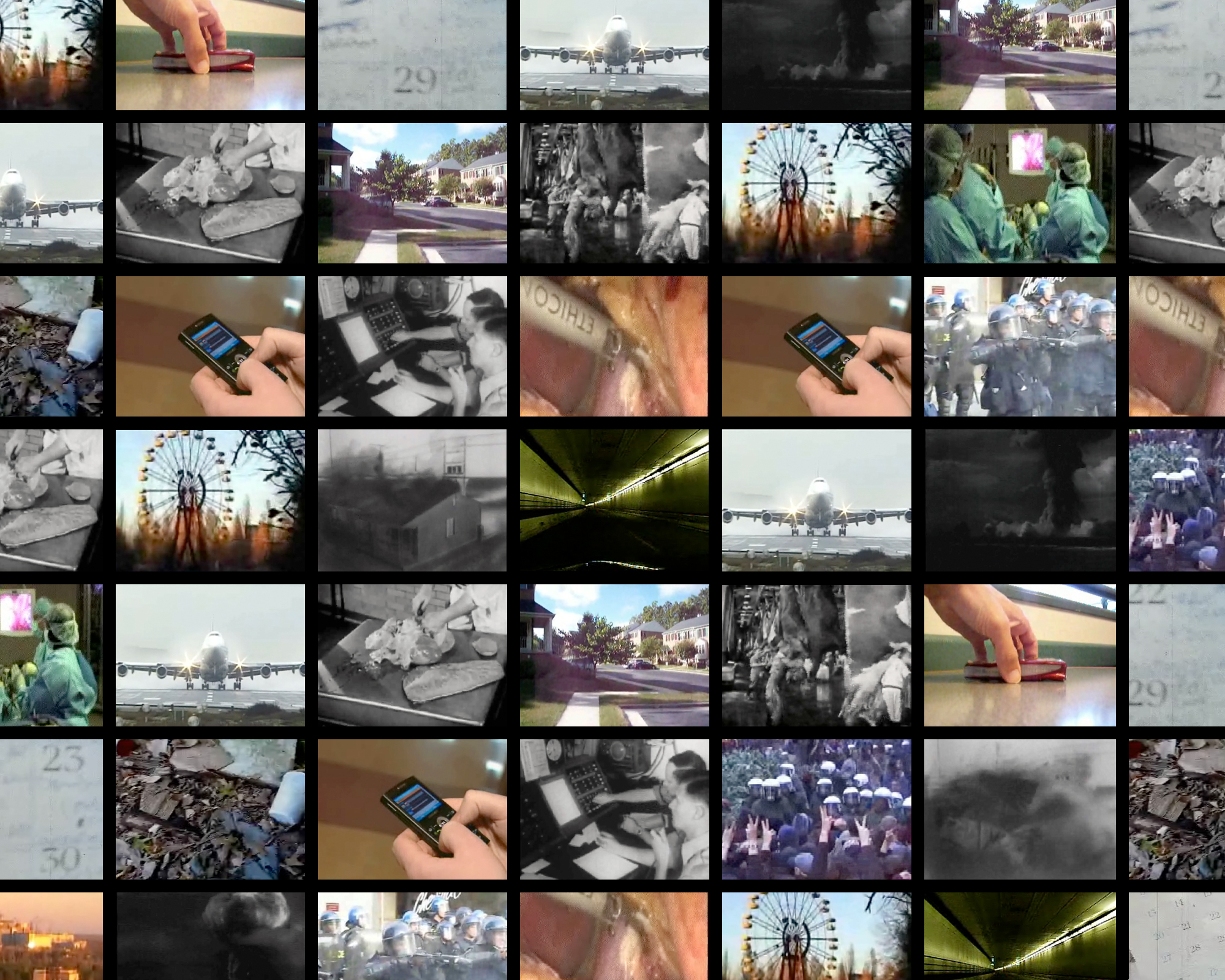
Launch project: (Dis)Location, (Dis)Connection, (Dis)Embodiment
(Dis)Location, (Dis)Connection, (Dis)Embodiment is a collective experiment in database video and random access narrative. The installation is the work of many artists, each responsible for thirty seconds of video attempting to engage with paradoxes of digital culture and 21st. century communications. The installation consists of a database containing the media contributions of each artist. A computer randomly retrieves video and audio and juxtaposes the media fragments in ten-second intervals on three projected screens and three stereo output systems. The process provides an endlessly randomized deconstruction and reconstruction of narrative and associative imagery in which meaning simultaneously forms and dissolves and the usual stabilities of conventional video are put in flux.
Project concept: Mark Cooley and Edgar Endress
Project architecture: Mark Cooley
Participating Artists:
Jacqueline Aceto, Jenifer Ashcroft, George Baker, Brigitte Balla, Sean Blackford, Said Boissiere, Bridget Borley, Juan Botero, Tara Bowen, Lindsey Burnett, Nicholas Carson, Luis Cavero, Robert Cowling, Brian Dang, Daniel Dean, Jessica Engel, Jennifer Fairfax, Jennifer Farris, Emmanuel Freeman, Jessica Gibson, Lance Gunther, Tyler Harris, Moises Herrera, Franklin Hwang, Maurice James, Andrew Ke, Arthur King, Julie Koziski, Peter Lawrence, Chongha Lee, Andrew Meinecke, Michael Merrill, Aaron Miller, Eli Mintzer, Julia Moscato, Nichole Mosher, Sarah Newdorf, Brent Nieder, Kelvin Olayinka, Adrian Peters, Jose Ruiz, Sorphea Sam, Michael Sargent, Nelly Sarkissian, Paul Sauter, Christina Schnittker, Matthew Searle, Alex Straub, Aisha Syed, Mohamed Talaat, Eric Tsai, Sean Watkins, Nestor Zerpa, Yerden Zikibayev

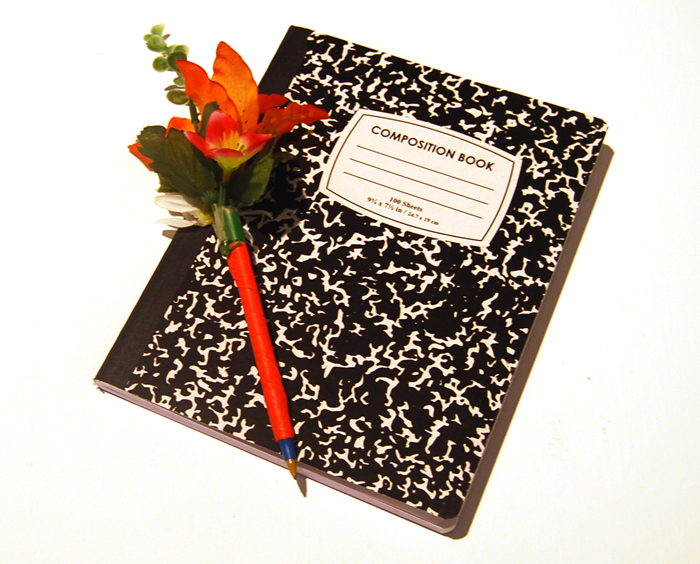
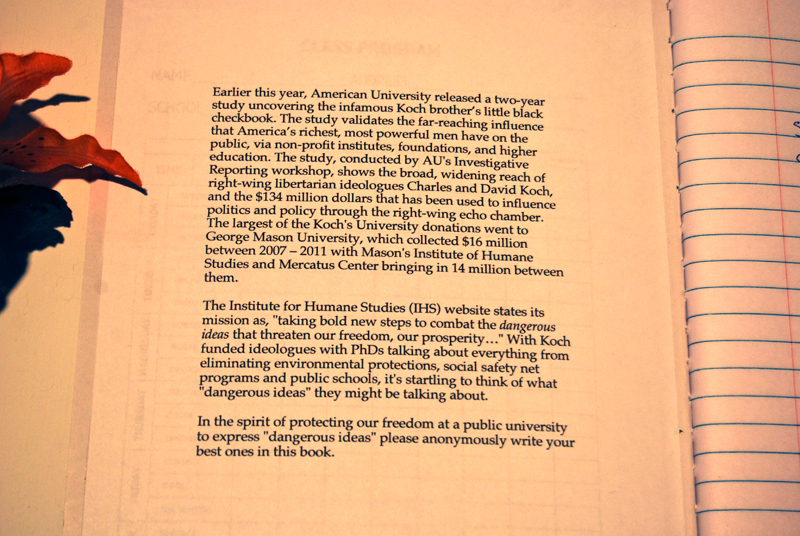
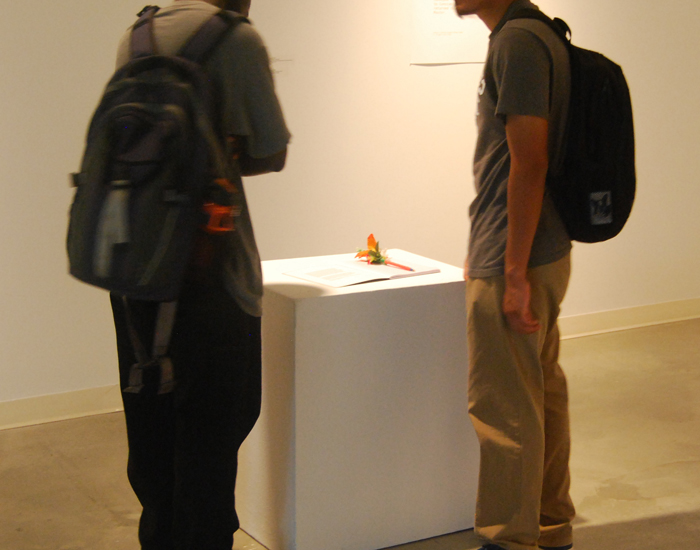

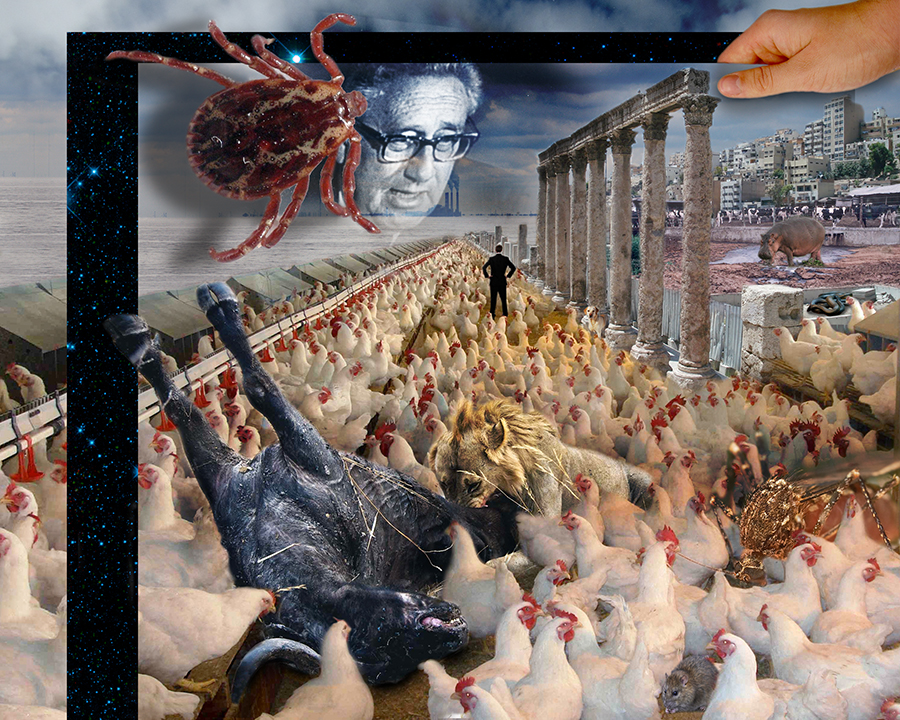
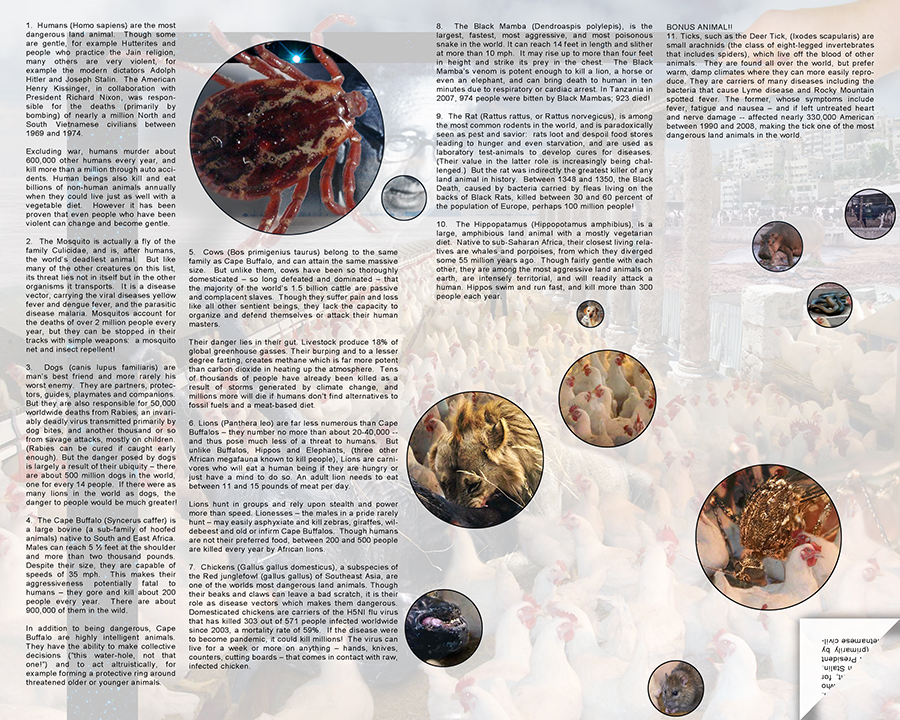
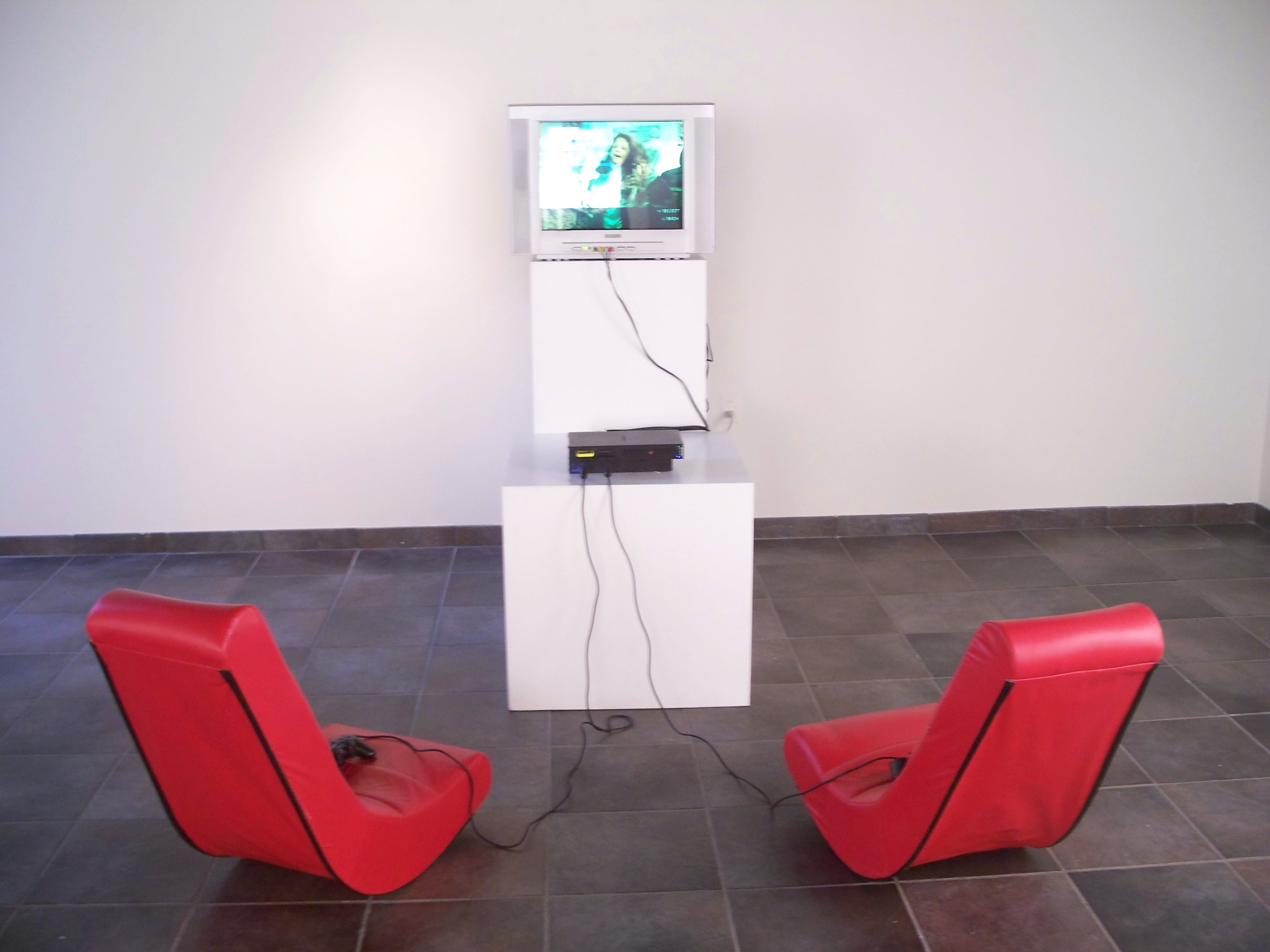 Ps4
Ps4